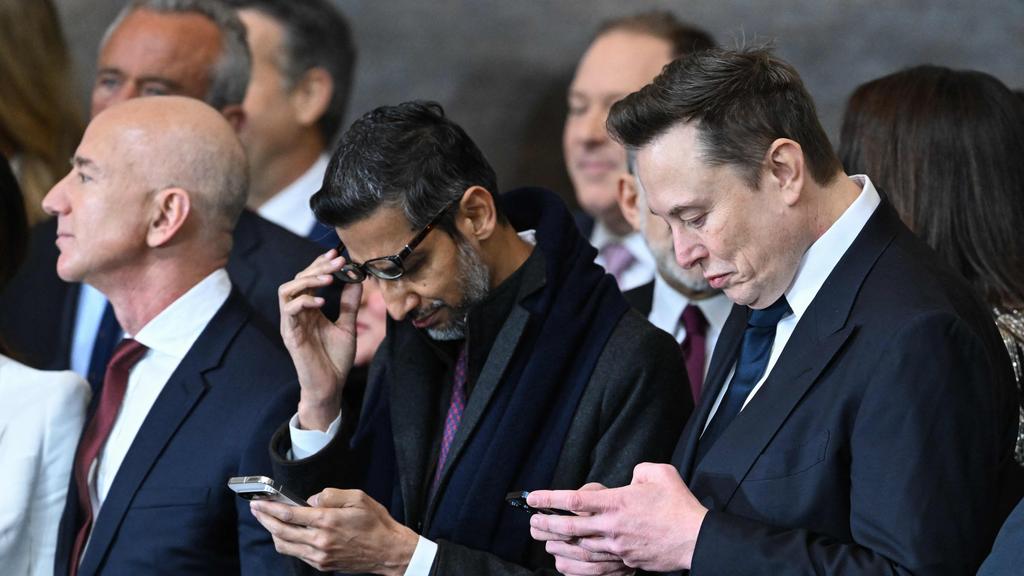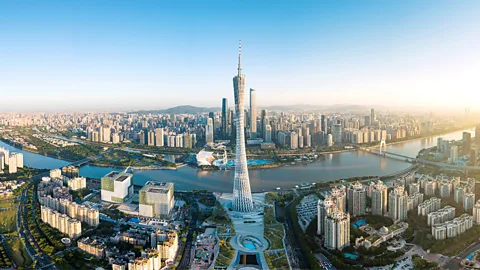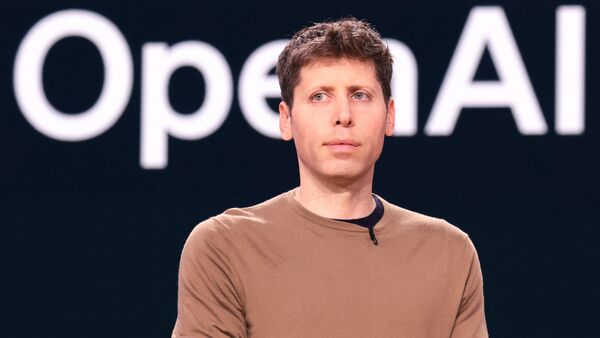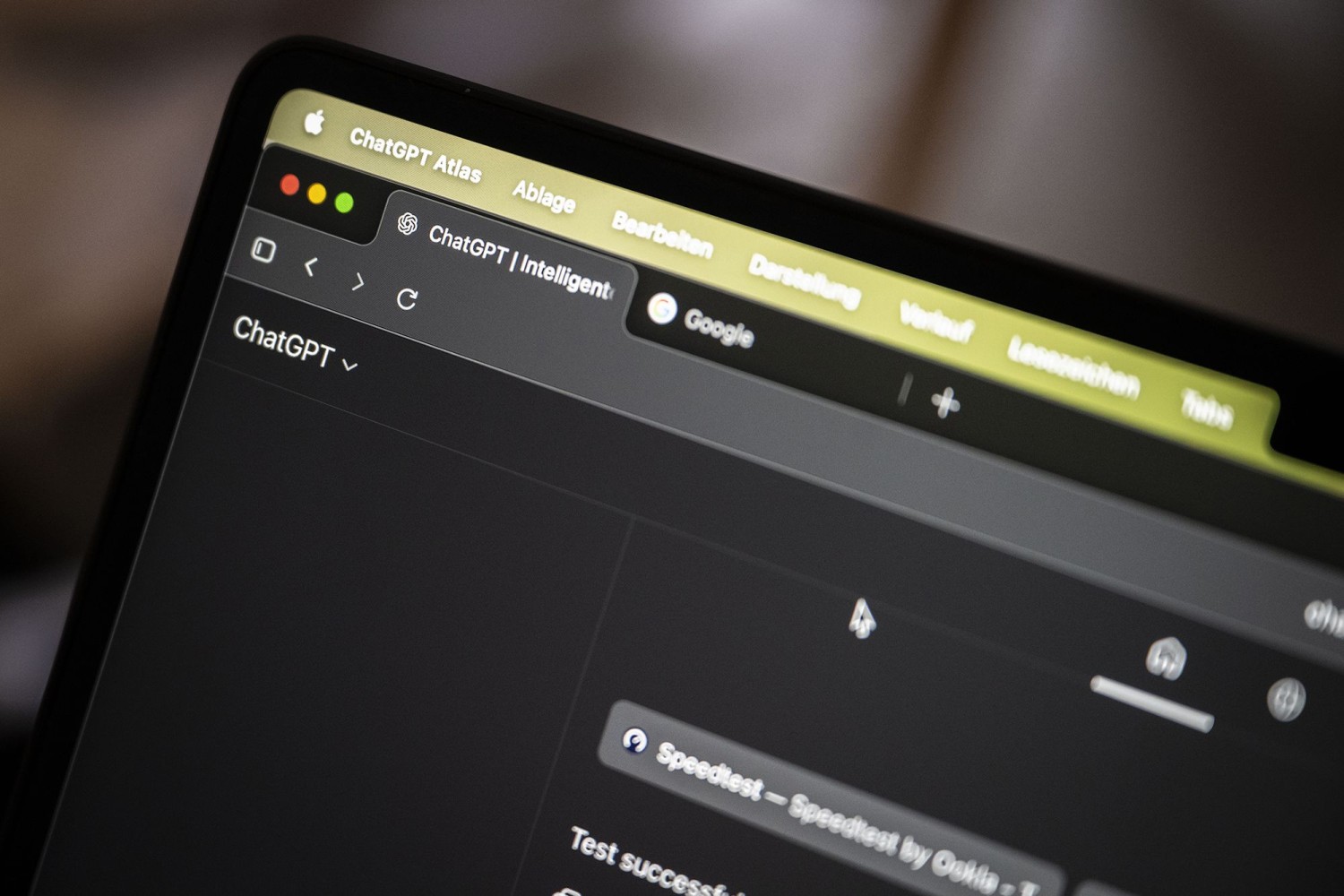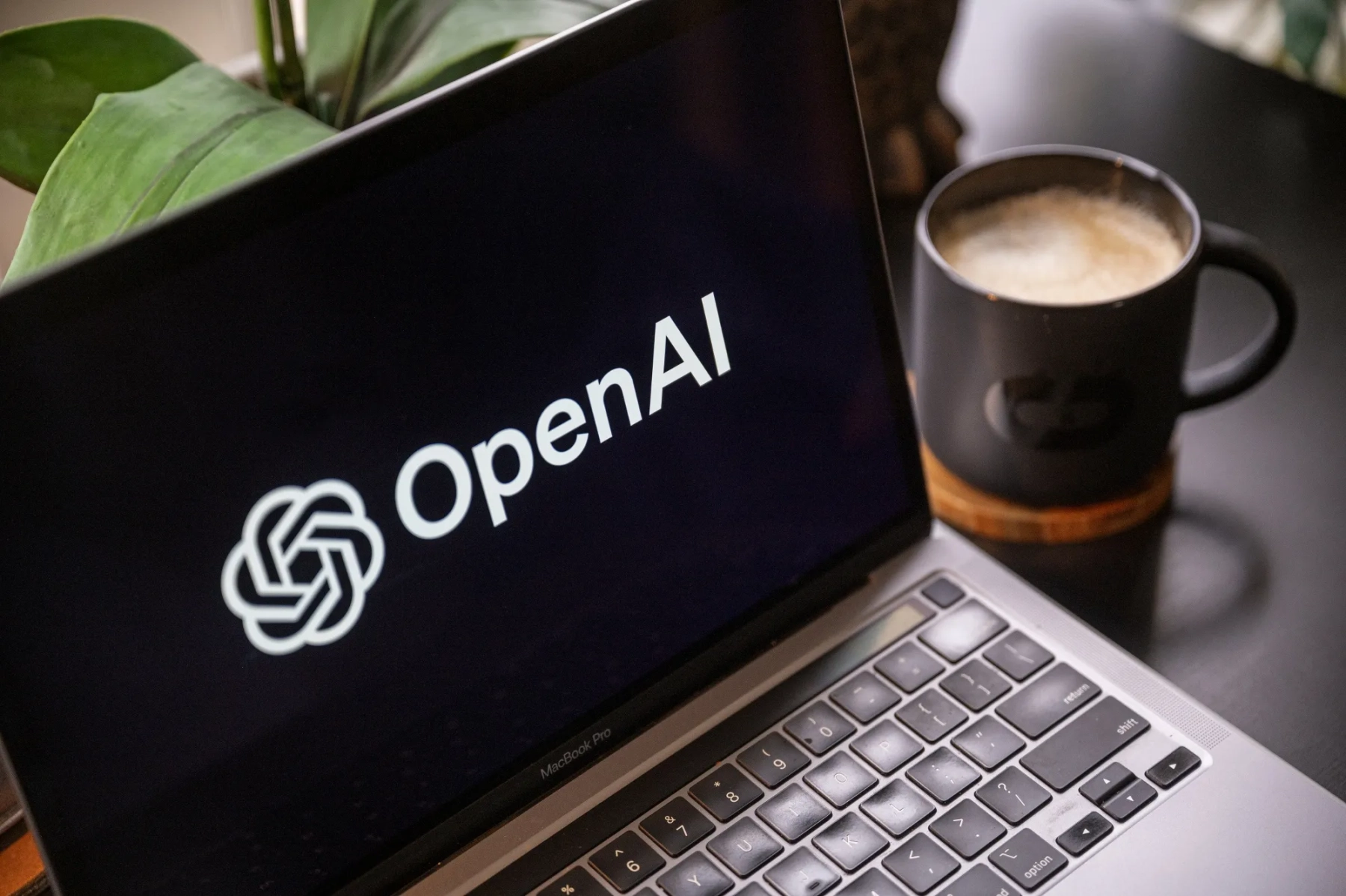
This article is more than
2 year oldWhat OpenAI Really Wants
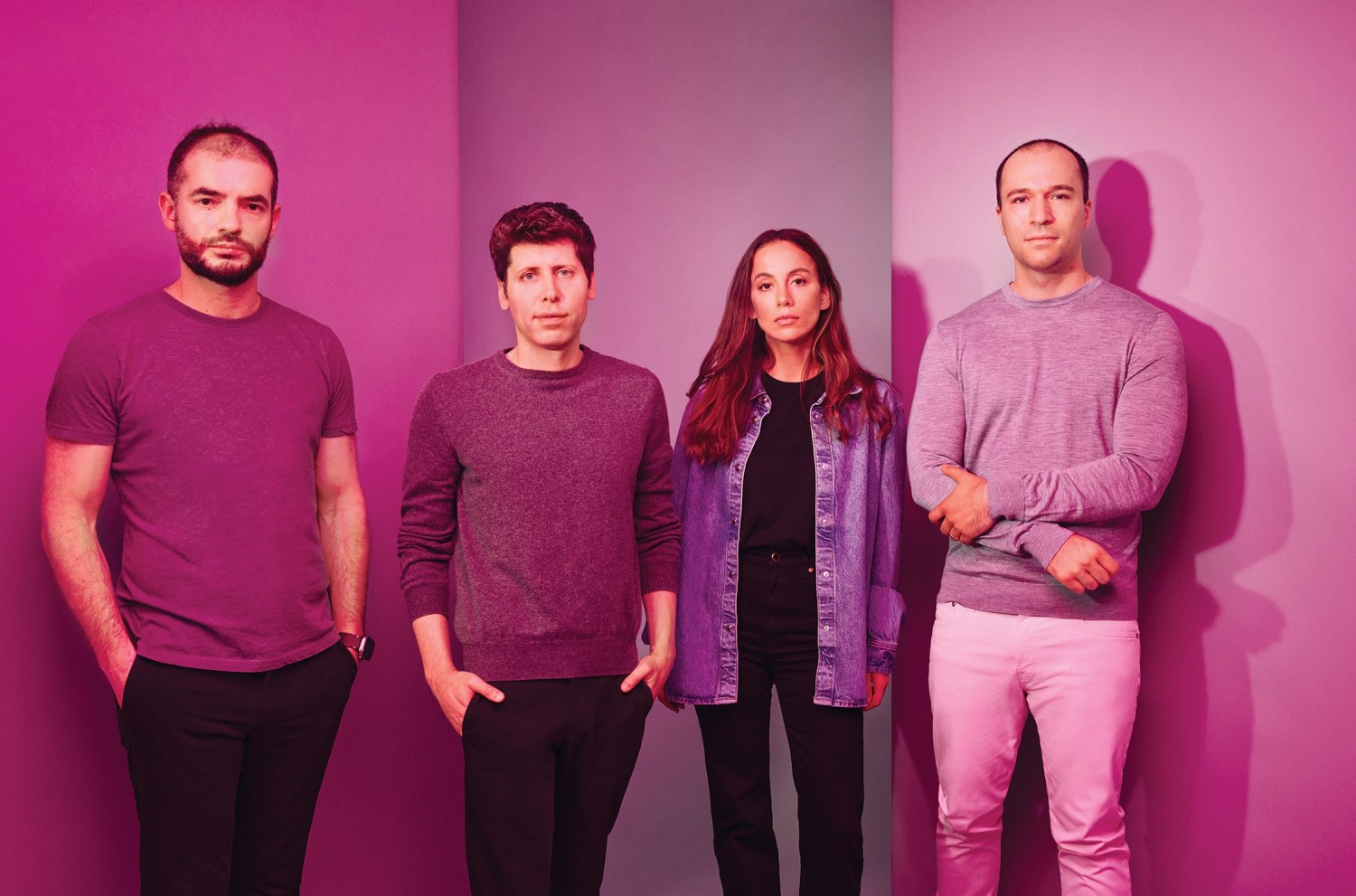
THE AIR CRACKLES with an almost Beatlemaniac energy as the star and his entourage tumble into a waiting Mercedes van. They’ve just ducked out of one event and are headed to another, then another, where a frenzied mob awaits. As they careen through the streets of London—the short hop from Holborn to Bloomsbury—it’s as if they’re surfing one of civilization’s before-and-after moments. The history-making force personified inside this car has captured the attention of the world. Everyone wants a piece of it, from the students who’ve waited in line to the prime minister.
Inside the luxury van, wolfing down a salad, is the neatly coiffed 38-year-old entrepreneur Sam Altman, cofounder of OpenAI; a PR person; a security specialist; and me. Altman is unhappily sporting a blue suit with a tieless pink dress shirt as he whirlwinds through London as part of a monthlong global jaunt through 25 cities on six continents. As he gobbles his greens—no time for a sit-down lunch today—he reflects on his meeting the previous night with French president Emmanuel Macron. Pretty good guy! And very interested in artificial intelligence.
As was the prime minister of Poland. And the prime minister of Spain.
Riding with Altman, I can almost hear the ringing, ambiguous chord that opens “A Hard Day’s Night”—introducing the future. Last November, when OpenAI let loose its monster hit, ChatGPT, it triggered a tech explosion not seen since the internet burst into our lives. Suddenly the Turing test was history, search engines were endangered species, and no college essay could ever be trusted. No job was safe. No scientific problem was immutable.
Altman didn’t do the research, train the neural net, or code the interface of ChatGPT and its more precocious sibling, GPT-4. But as CEO—and a dreamer/doer type who’s like a younger version of his cofounder Elon Musk, without the baggage—one news article after another has used his photo as the visual symbol of humanity’s new challenge. At least those that haven’t led with an eye-popping image generated by OpenAI’s visual AI product, Dall-E. He is the oracle of the moment, the figure that people want to consult first on how AI might usher in a golden age, or consign humans to irrelevance, or worse.
Altman’s van whisks him to four appearances that sunny day in May. The first is stealthy, an off-the-record session with the Round Table, a group of government, academia, and industry types. Organized at the last minute, it’s on the second floor of a pub called the Somers Town Coffee House. Under a glowering portrait of brewmaster Charles Wells (1842–1914), Altman fields the same questions he gets from almost every audience. Will AI kill us? Can it be regulated? What about China? He answers every one in detail, while stealing glances at his phone. After that, he does a fireside chat at the posh Londoner Hotel in front of 600 members of the Oxford Guild. From there it’s on to a basement conference room where he answers more technical questions from about 100 entrepreneurs and engineers. Now he’s almost late to a mid-afternoon onstage talk at University College London. He and his group pull up at a loading zone and are ushered through a series of winding corridors, like the Steadicam shot in Goodfellas. As we walk, the moderator hurriedly tells Altman what he’ll ask. When Altman pops on stage, the auditorium—packed with rapturous academics, geeks, and journalists—erupts.
Read More (...)

